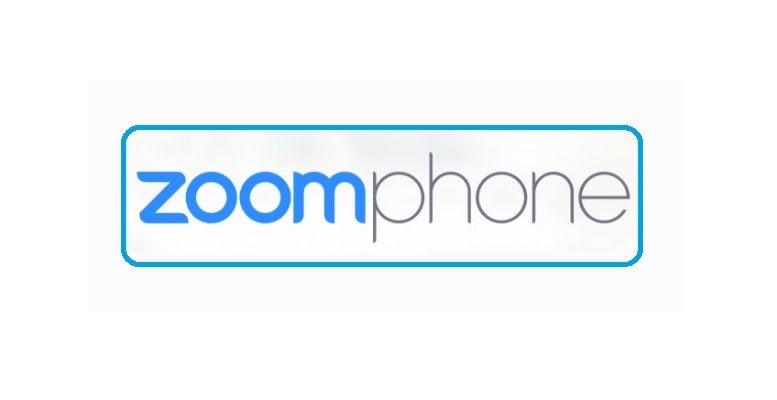[記事掲載日:2022.12.9]
米国Zoom社の商標登録「ZOOM PHONE」と、株式会社ズームが所有する先行登録商標「ZOOM」との類似性が争われた異議申立事件に関するマークス代表・三上弁理士の記事が、世界最大の海外商標メディア「World Trademark Review (WTR)」に掲載されました。記事全文は、こちら(注意:閲覧には登録が必要です)。
In trademark opposition proceedings concerning the similarity between ZOOM and ZOOM PHONE in relation to software as a service (SaaS) services in Class 42, the Japan Patent Office (JPO) has found that the marks were dissimilar and sustained the registration of ZOOM PHONE (TM Registration No 6527182), owned by Zoom Video Communications Inc (Opposition No 2022-900213, 26 October 2022).
Background
Zoom Phone is a cloud-based phone system, which allows users to place and receive calls via their laptop or smartphone through the Zoom application.
On 18 December 2020 Zoom Video Communications Inc filed a trademark application with the JPO for the word mark ZOOM PHONE in standard character for use on “web conferencing services; the transmission of instant messages; tele-presence conferencing services; network conferencing services; tele-conferencing services; video-conferencing services; audio tele-conferencing; web messaging services” in Class 38, and “software as a service” in Class 42.
The mark was registered on 14 March 2022 and published for opposition on 23 March 2022.
On 23 May 2022, before the lapse of the statutory period of two months counting from the publication date, Zoom Co Ltd – owner of the trademark ZOOM in Japan – filed an opposition. It argued that the opposed mark should be partially cancelled on the ground that it was in contravention of Article 4(1)(xi) of the Japan Trademark Law, citing earlier registrations for the word mark ZOOM in Class 9.

The opponent argued that the opposed mark consisted of two words, ‘zoom’ and ‘phone’, and that the term ‘phone’ lacked distinctiveness in relation to SaaS services since these make use of telecommunication devices, including smartphone. Therefore, the term ‘zoom’ would be a prominent portion of the opposed mark and serve as a source indicator. If so, the opposed mark would be deemed similar to the cited mark ZOOM.
JPO decision
The Opposition Board found that the opposed mark should be considered visually and phonetically in its entirety, due to its letters being in the same font and size, and its easy pronunciation overall.
Even though the respective words have specific meanings, the relevant consumers would perceive the opposed mark as a coined word since the term ‘zoom phone’ is not included in any dictionaries.
Therefore, the board believed that the opposed mark should be considered as a whole and, thus, it was not allowed to compare the ‘zoom’ portion of the opposed mark with the cited marks in assessing the similarity of the marks.
Based on the above findings, the board assessed the similarity of the marks and held as follows:
The opposed mark gives rise to the pronunciation ‘zuːm-foʊn’, but has no specific meaning. In the meantime, the cited marks give rise to the pronunciation ‘zuːm’, with the meaning of ‘the effect of a camera moving towards or away from a subject by using a zoom lens’. Obviously, there is a clear distinction between the marks by virtue of the presence of the term ‘phone’ from a visual, phonetic and conceptual point of view.
Consequently, the JPO decided that the opposed mark ZOOM PHONE was dissimilar to the cited mark ZOOM and dismissed the opposition in its entirety.


